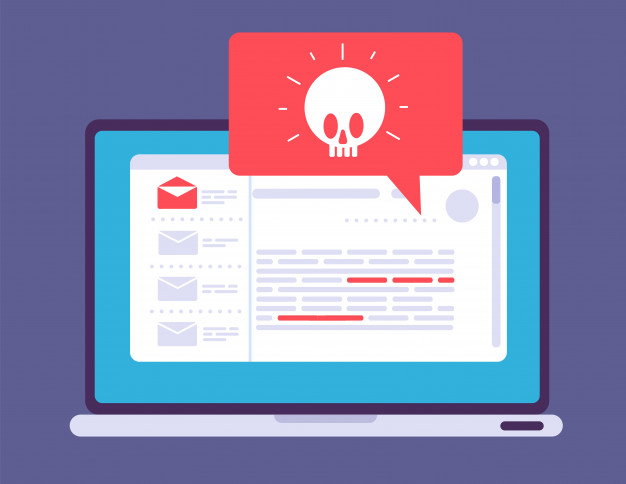DDoS protection
Website administrators around the world need to be eternally prepared for possible cyberattacks. Some of the most common threats are DDoS (Distributed Denial of Services) attacks, which you can mitigate by using DDoS security services. Nowadays, all websites, regardless of size, are vulnerable to DDoS attacks.
DDoS attacks have no particular motive, other than wreaking havoc. The hackers flood a website with too much traffic, causing it to crash. This crash denies its legitimate users access to its services until the issue is resolved.
DDoS attacks vary in size and range from just a few gigabytes per second to hundreds of gigabytes per second. The more massive the DDoS attack, the harder it is to stop it, making protection crucial.
How to Choose a DDoS Security Service Provider
DDoS security is the process used in the protection of a system from a DDoS attack. You can get free DDoS security software, or you can go for a better, paid plan from a DDoS security service. Here are some key considerations to make when choosing a DDoS security service provider.
1. Network Capacity in a DDoS Security Provider
Network capacity is one of the top ways of benchmarking the DDoS security service provider. It shows the total scalability that you have access to during a DDoS attack. For instance, one terabyte a second network, in theory, can block up to one terabyte of traffic attack, excluding the bandwidth the service needs to carry out its normal operations.

Most cloud-based DDoS security services offer their clients a multi-terabyte per second network capacity. This capacity is well beyond what most clients might individually need. On-premise protection services are often capped by the client organization’s network pipe capacity and the capacity of their hardware.
2. Processing Capacity of the DDoS Security Provider
Consider the service provider’s processing capabilities. Their representation is the forwarding rates, which are measured in millions of packets per second (Mpps).
Some DDoS attacks can go above 50 Mpps, with some peaking up to 300 or 300 Mpps and above. An attack that exceeds the processing power of your DDoS security provider can crush its defenses. This is why you must enquire about their limitations beforehand.
3. Latency in the DDoS Security Provider
Legitimate traffic also passes through your DDoS security provider on its way to your application or website. If the service provider’s services are on high demand, the traffic automatically falls over to the provider in case you are attacked. If the service provider’s services are always available, all your traffic passes through their server before reaching you.
The connection between your DDoS security provider and your data center must be high-speed; otherwise, your users will experience high delays or latency. You must evaluate:
- How close or far the provider’s geographical PoPs- how close they are from your data center
- Whether your DDoS security provider provides PoPs where most of your customers are located
- Whether the provider provides sophisticated routing techniques, which ensure the best connectivity with your users and your data center.
4. Time Taken to Action by the DDoS Security Provider
When an attack is detected, the time the DDoS security provider takes to jump into action is critical. Most attacks can topple a target in a few minutes, whereas the recovery time takes hours. An always on provide a more significant advantage as it can pre-empt the attack and take mitigation measures. Look for a provider who can take action in seconds.
5. Application Layer Prevention
Application layer DDoS attacks are more covert than other network layers. The application layer (OSI layer 7) mimics legit user traffic to get past security measures. The DDoS service should be able to profile all incoming HTTP and HTTPS traffic and differentiate between legit visitors and DDoS bots.
6. Protection of Your Secondary Assets
Network infrastructure mainly comprises of several servers and various other assets such as DNS, web, email and FTP servers. In a DDoS attack, these assets are also at risk of attack, which will cause expensive downtimes.
Assess the risk to your network infrastructure and evaluate which components need the most protection. At the very least, remember that the DNS server is the most vulnerable to attacks and your most significant failure point.
7. Protect Your IP
Conventionally, a cloud-based DDoS security service was only capable of protecting IP ranges. This was not easy to expand to specific assets and individual internet Protocol addresses. DDoS security service providers with advanced techniques can offer personal protection for IP addresses. This allows you to register a public domain or IP name, and add the protection solution to your DNS configuration. This activates automatic protection of that particular address.
Conclusion
Choosing a DDoS security service provider is dependent on many factors. Once you evaluate your needs, choose a provider based on the terms of their service.
What is a DDoS Attack and How does it Work





